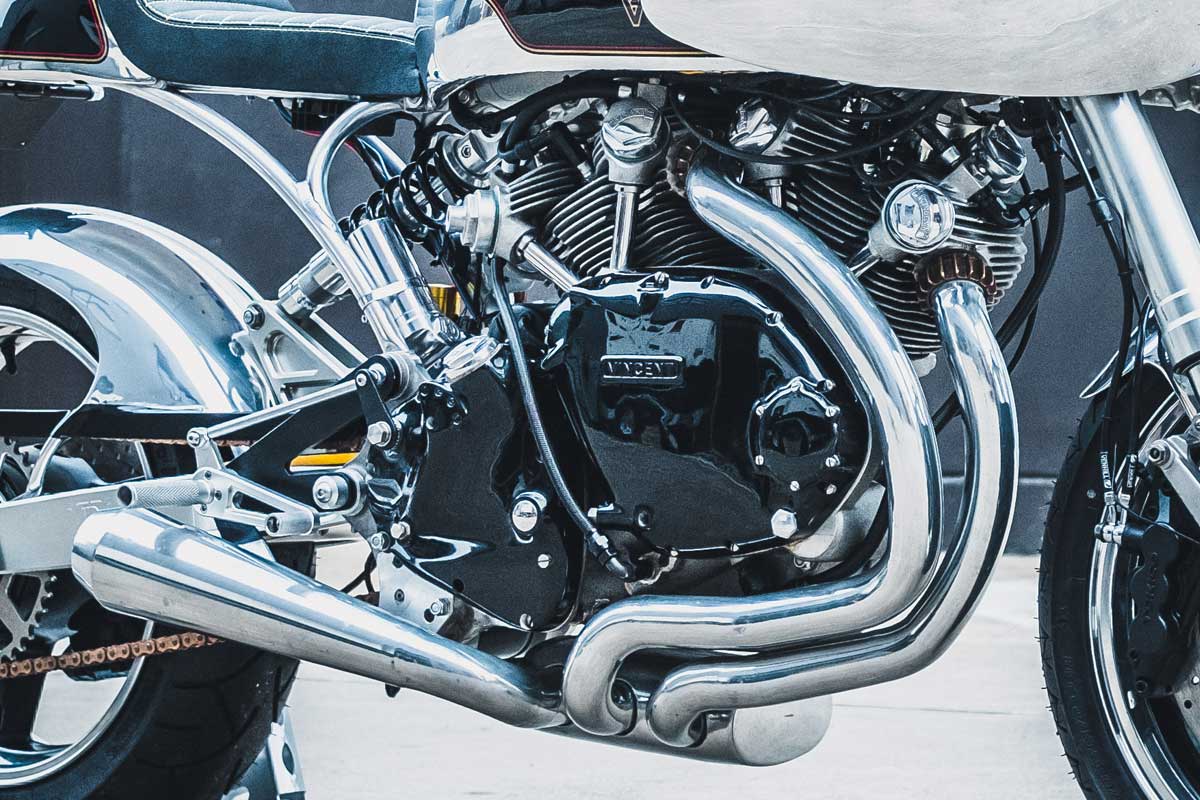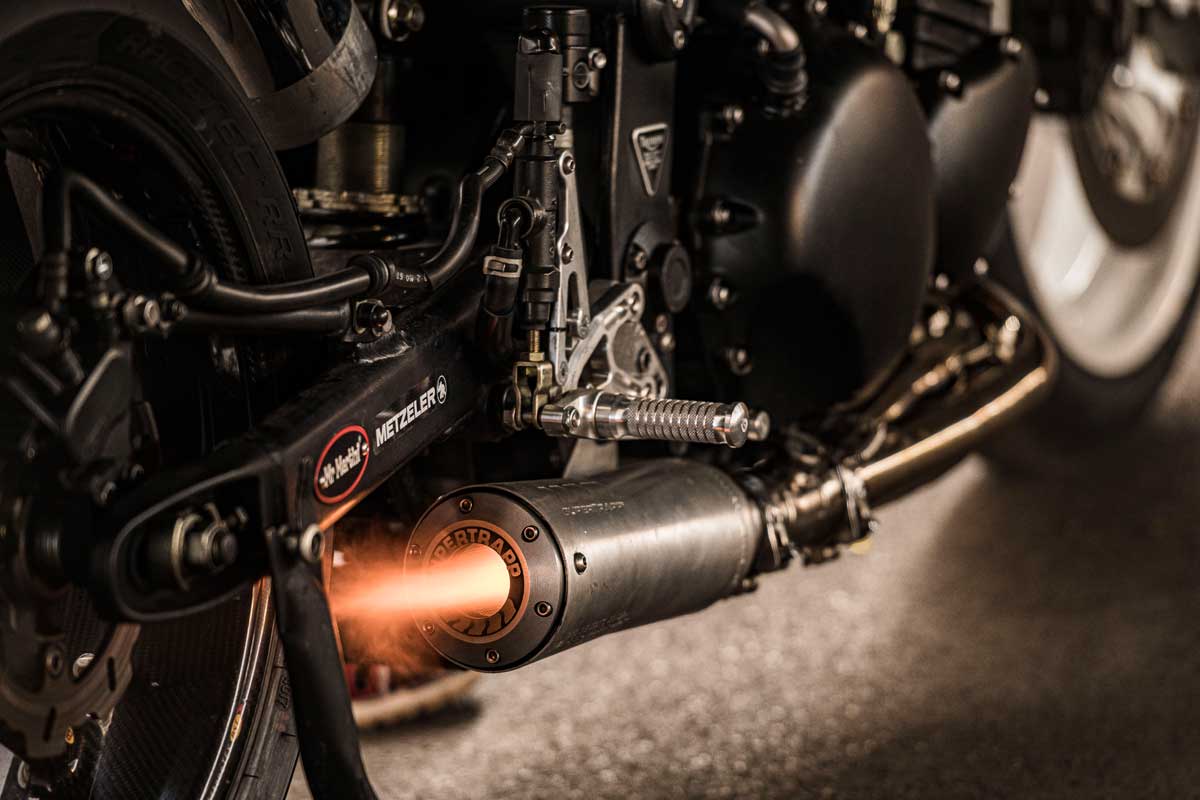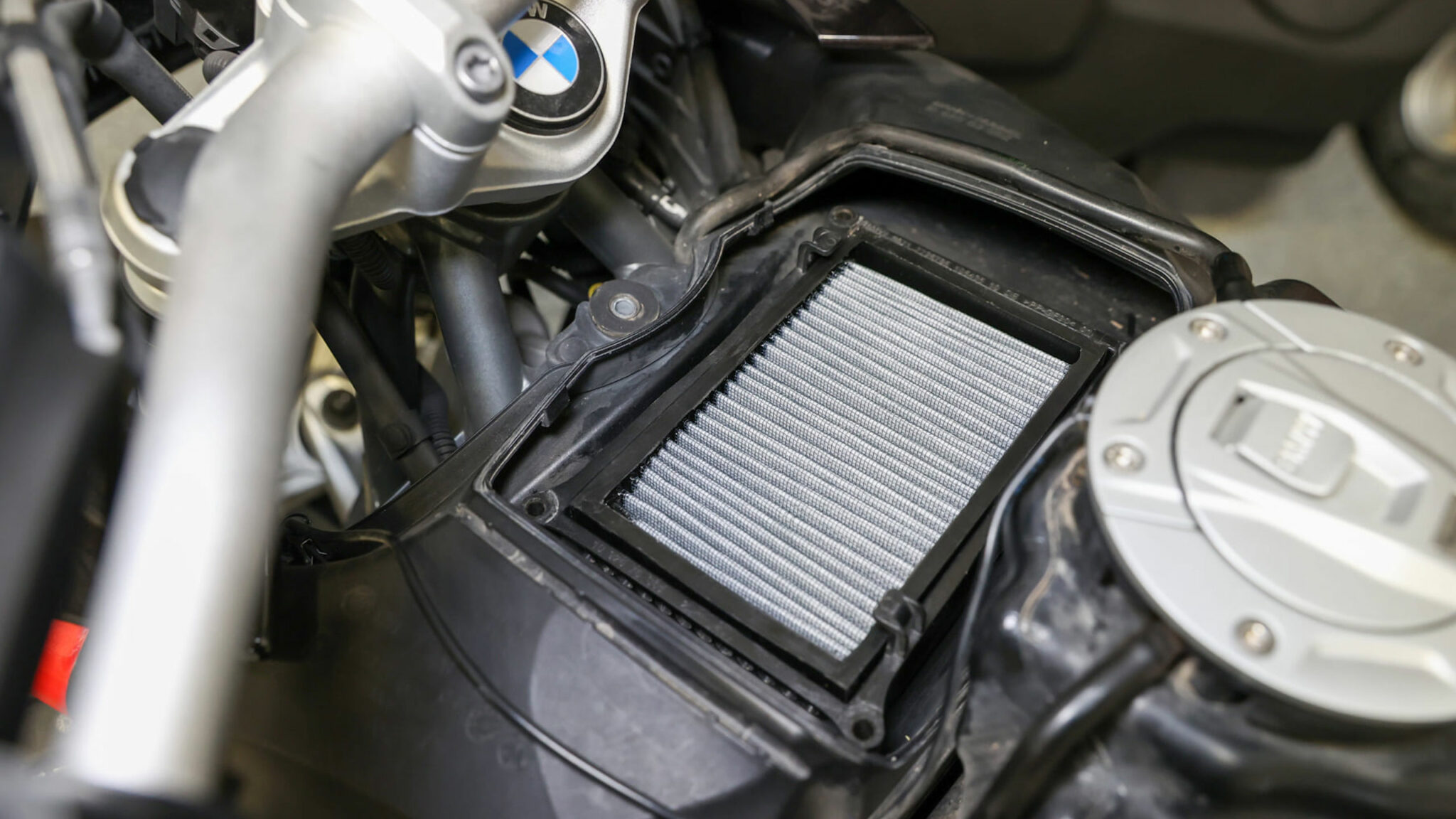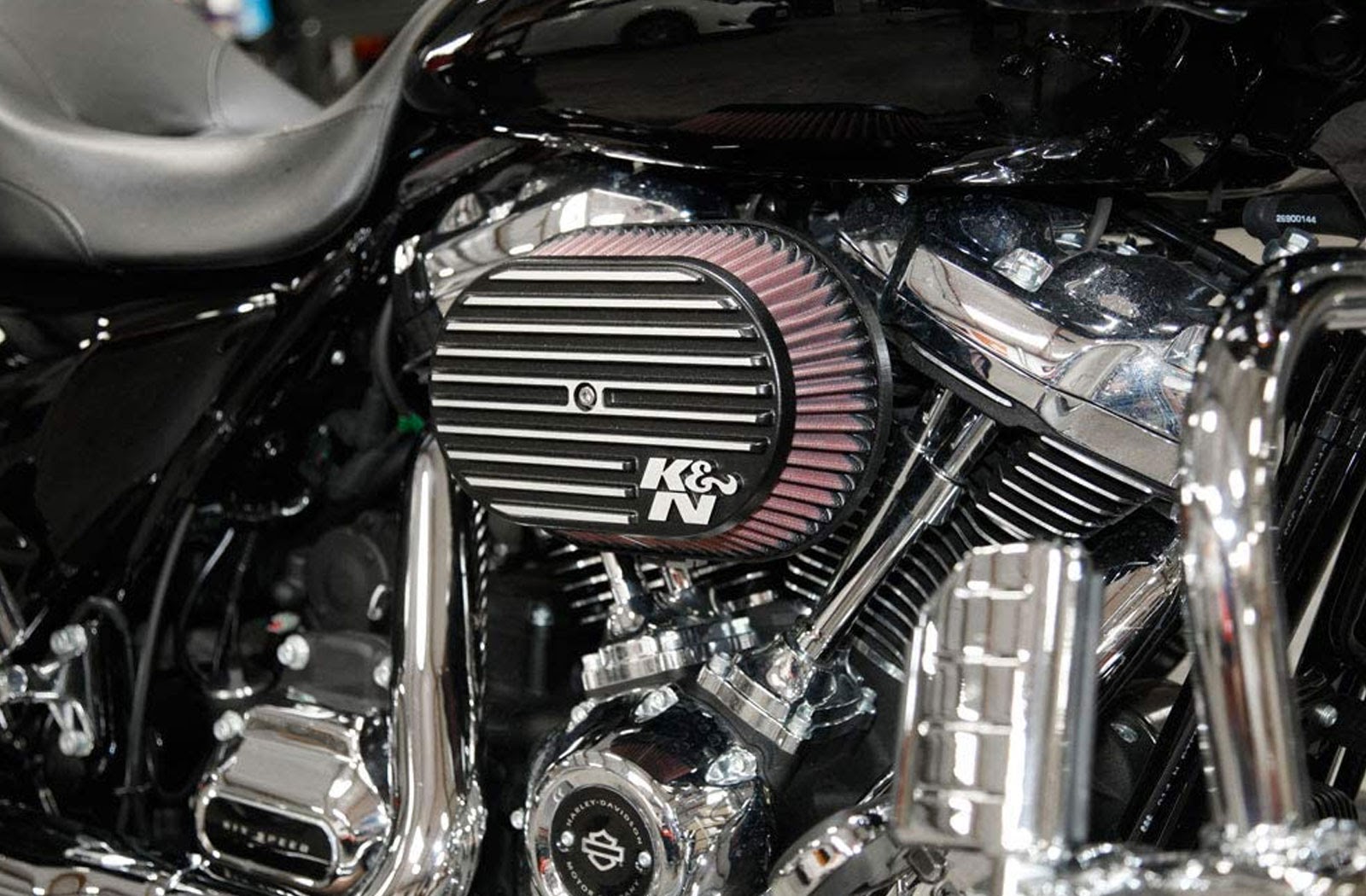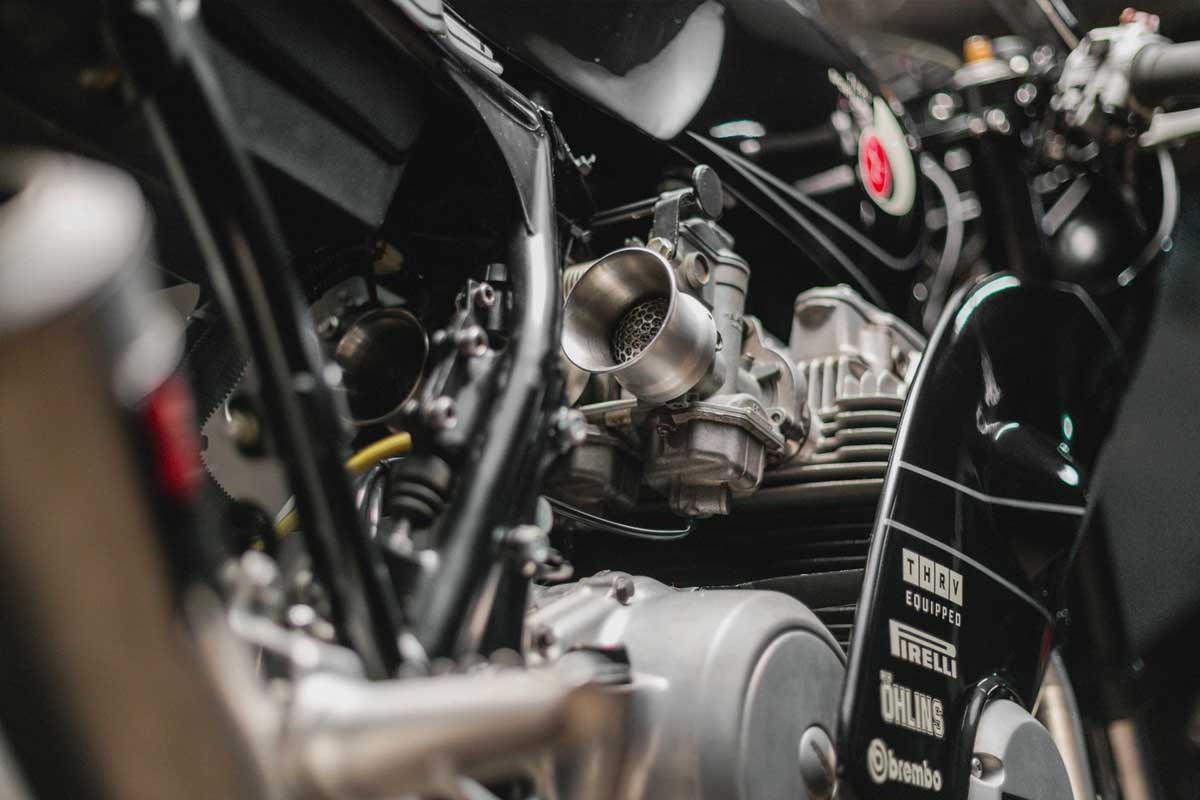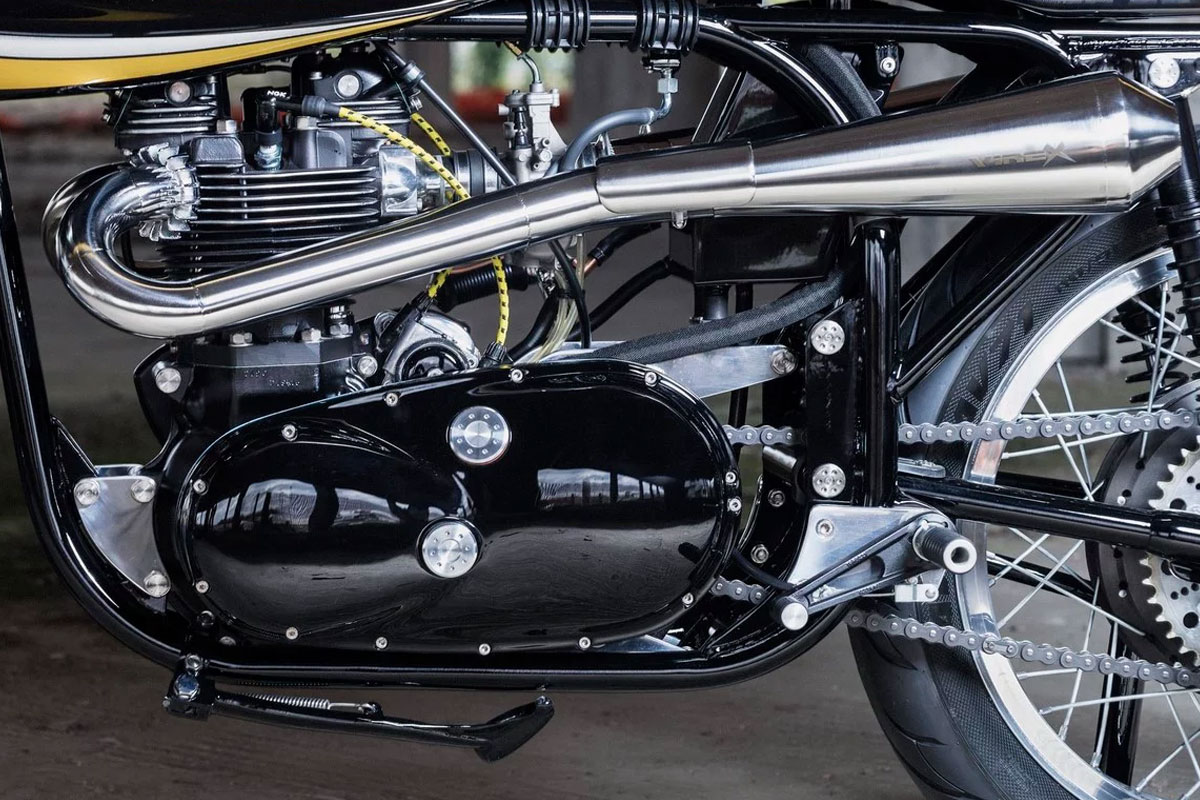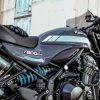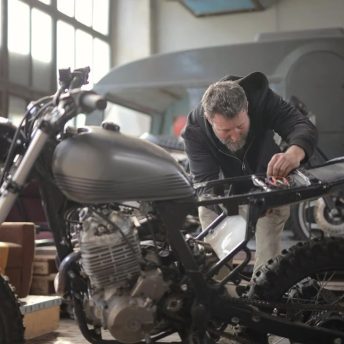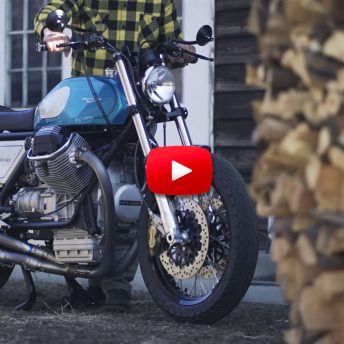Motorcycles are an addictive drug. Every rider remembers the first time they sat in the saddle and twisted the throttle. The rush of sensations and the accompanying shot of adrenaline feels as though you’re experiencing something that shouldn’t be legal. Whether it was onboard a 50cc peewee, a 250cc Ag bike, or a 600cc cruiser, it makes no difference. Riding motorcycles is a real rush.
Unfortunately, like those nasty drugs, the effects begin to wear off over time and you soon find yourself craving more.
Your beloved steed doesn’t dish up the same adrenaline punch it used to – and worse still it’s starting to feel slow. You may have already upgraded from the 250cc to something bigger and invested the time turning it into your dream cafe racer. But you’d still like just a little more oomph each time you get on the gas. So what’s the easiest way to scratch that itch?
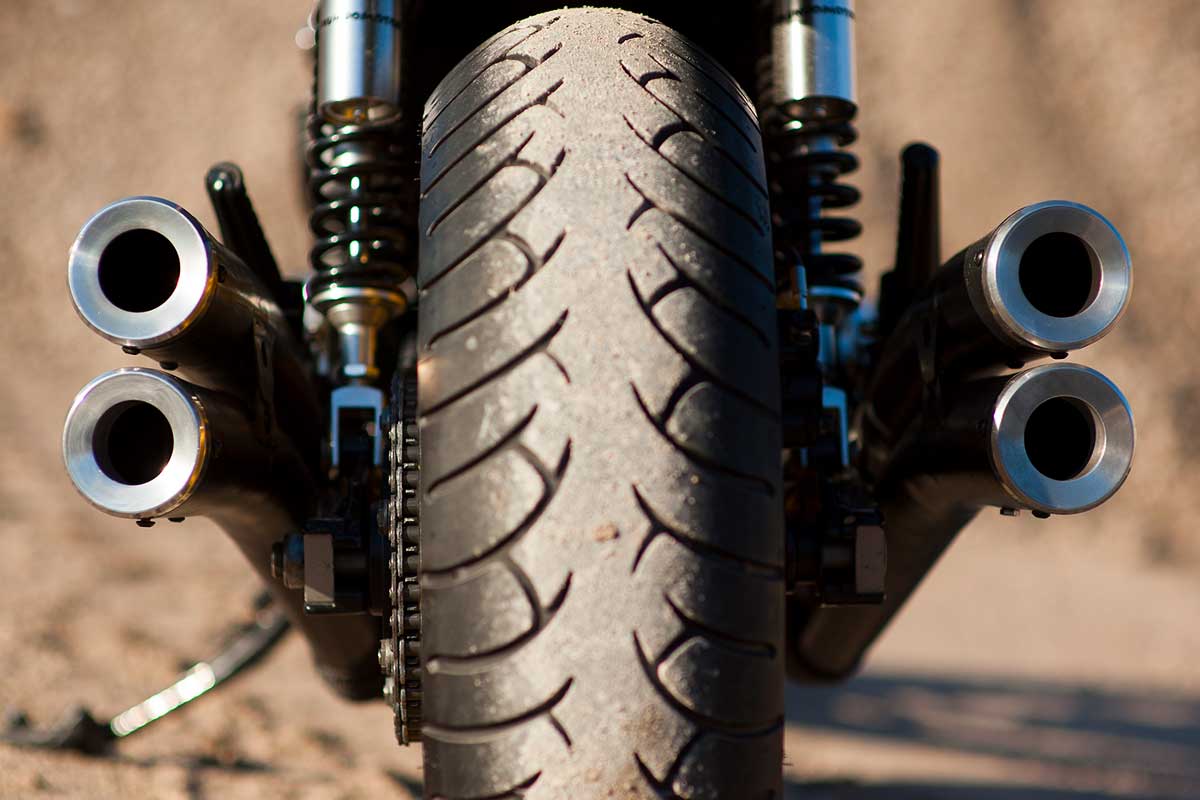
The most easily accessible extra power your motorcycle has to offer can be found in its intake and exhaust systems.
It sounds crazy, but when the manufacturer designed your motorcycle they fit it with a restrictive intake and exhaust system that limits its true potential.
Let’s be fair though, it’s not entirely their fault.
The main reason for these restrictions is to adhere to sound and emissions laws. Without complying with these laws their motorcycles would never make it to market. As a result, we’re left with motorcycles that are quieter and more environmentally friendly but they aren’t performing to the best of their ability. To get around this there are 2 fairly straightforward modifications you can make. Lucky for you they also happen to offer some of the best bang for buck performance gains you can get.
Motorcycle intake upgrades / 2hp to 5hp gain
In order for a combustion engine to function it needs to burn fuel (duh!). To achieve that the engine requires oxygen. As air enters the intake system, via an airbox and air cleaner, the carburetor or injectors spray fuel into it. The mixture is then drawn into a cylinder where it is compressed by a piston, ignited by a spark plug, and away you go.
The trick to getting more power out of this process is pretty basic. Simply add more air into the mix. This will result in better combustion which equates to more power. Of course, this is a very basic description of what is essentially a very technical process. But in layman’s terms, that’s the crux of it.
So how do you get more air into the engine? The simplest approach here is to install a performance air filter.
On older bikes, the common approach is to remove the entire airbox and replace it with filters mounted directly to the intake openings. A byproduct of this is that it will also lighten up the look of your motorcycle since there will be open space where the airbox once sat.
On sportbikes, where the filter is located under the tank, it’s simply a matter of swapping an OEM filter with a specially made performance version. The same goes for most other modern bikes too.
There are countless brands offering solutions when it comes to motorcycle air filters. Most can wax lyrical about why their filters are superior, but as long as they free up the flow of air, you’ll get a result. As you’d expect, prices also vary greatly. You can pick up a generic pod filter for $30 or spend upwards of $200+ for a full airbox removal kit. It’s up to you how much you spend, but there are a few things you should be aware of.
Keep dirt out / You may have seen motorcycles with open intakes or wearing race-style velocity stacks. While this may look cool it’s not a wise approach for a daily rider. Without a filter, you will be drawing unfiltered air filled with dirt particles into your engine. Over time this can result in running issues and serious internal engine damage.
Not all filters are created equal / If your budget is tight it’s hard to justify spending $90 on a single brand name filter vs a $30 eBay special. As with anything that’s cheap it’s usually cheaply made. So while that $30 filter will leave money in your pocket now, it could cost you more in the long run.
Too much air can be a bad thing / Ok so this contradicts what I’ve already said, but hear me out. There’s a balance you need to find to get this modification right. Too much air can result in a lean air/fuel mix which is a bad thing. Read on and I will explain how to tackle this later.
As for which filters I’d recommend – one of the biggest players in performance air filters is K&N. Over the past 30 years K&N has developed a product that is both effective and long-lasting. Their filters use specially designed fibers and oils to let plenty of air into your intake system while preventing dirt and debris from getting past. They do require occasional cleaning and re-oiling, but they are designed to last a lifetime. That makes the additional cost of a K&N well worth it. Also, due to the size of the company, K&N offers a wide range of both specialist and universal fit solutions. It’s the combination of these factors that make them my personal choice. Don’t just take my word for it though. Do your own research and find a solution that suits your specific needs.
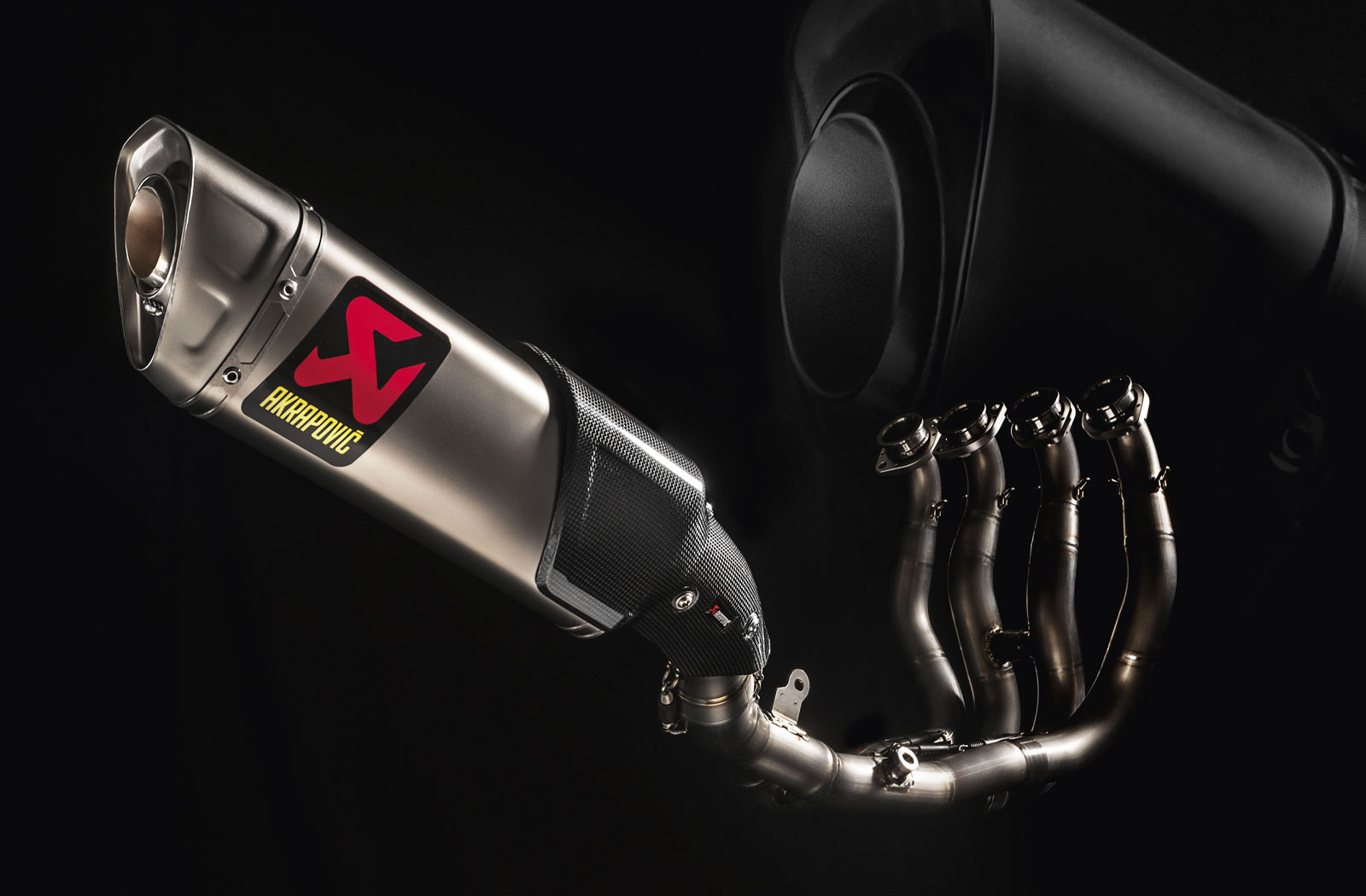
Motorcycle exhaust upgrades / 10% to 15% increase in power
At the opposite end of the combustion cycle sits your motorcycle’s exhaust system. Its job is to dispense with the gases that are produced during combustion and to muffle the sound of the explosions taking place within your engine. It is also responsible for performance and fuel efficiency. Factory exhausts do all of these things very efficiently, but they also rob power.
This is particularly true of modern exhausts. Modern exhaust systems have to adhere to strict emission and sound laws. In order to do this, they feature hefty catalytic converters and behemoth mufflers. Not only do these limit the performance of the engine, but they also add a lot of weight which is another performance-reducing factor.
So how does changing the exhaust get you more power?
Again in layman’s terms, the easier it is for gases to escape from the engine, the better the engine will perform. The easiest way to do this is to replace the factory exhaust with an aftermarket performance exhaust system. Once again there are a few factors that need to be considered.
The Law / While hearing your engine at full noise may get you off – other motorists, your neighbours, and the police may not think it’s quite so cool. Most countries have laws that limit how much noise a vehicle can/should make. Ignoring these could result in a fine. In some places, you are also not allowed to modify your exhaust or there are very strict rules about what you can and can’t do. Research these before you make any changes.
Backpressure is important / Sawing your stock exhaust off inches from the engine isn’t going to improve performance. There’s a fine balance between the right amount of flow vs too much. The easiest way to get this right is to talk to an expert. Many aftermarket exhaust specialists will be happy to share their knowledge on this subject and may even already offer a system perfectly suited to your motorcycle.
Slip-on mufflers vs full exhausts / Most manufacturers offer slip-on mufflers for their latest models. While Slip-on mufflers look great, generally sound better, and weigh less than the stock version, they aren’t going to offer much in the way of improved performance. So if it’s power you want – steer away from slip-ons and splash out on a full, performance-tuned system.
As for what kind of improvement a full exhaust system can give you – you can expect to get a significant boost in power and noticeable torque, particularly in the lower rev range where you spend most of your time. You’ll also see benefits from the reduced weight of the aftermarket system.
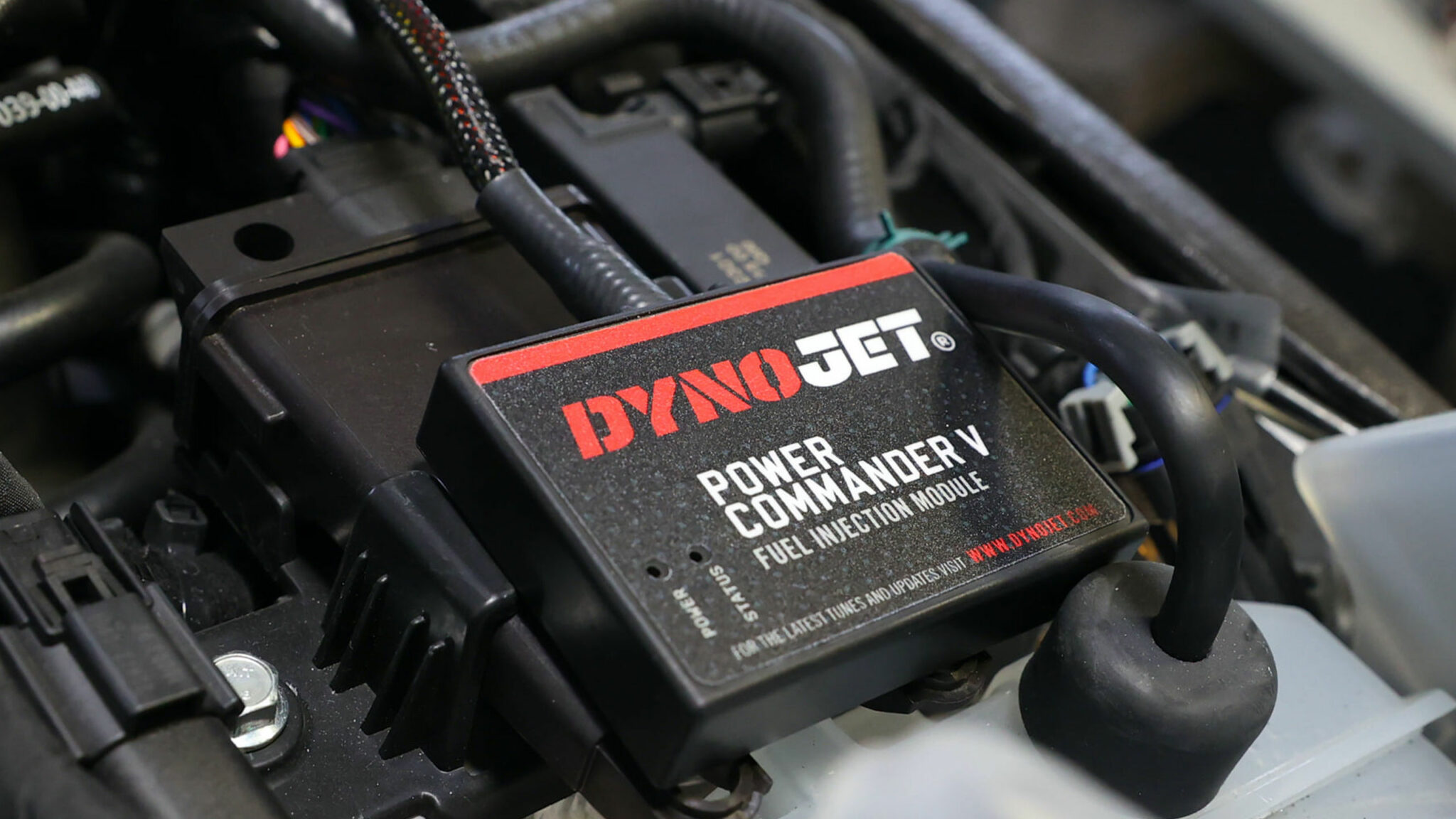


Now it’s time for the all-important tune
You’ve bolted your pod filters in place and mounted that shiny new stainless steel exhaust to your steed. Job done. Well not quite. Now is the most important part of this whole process – tuning your motorcycle.
Why do you need to tune it? Well, now that the engine is breathing more freely you’ll need to adjust the fuel ratio. Both the exhaust and filter modifications will have affected how much fuel your engine requires to operate optimally and safely.
You’ve got 2 options here depending on what motorcycle you own.
If you have an older bike that is running carbs they will need rejetting. This involves installing a jet kit (not like the one you’d find on an F-14). The size of the jets in the carburetor control how much fuel goes into the cylinders. Out of the box, most motorcycles are tuned on the lean side to help with emissions. Once you’ve added a performance filter and exhaust the engine will be running very lean. This means it can get dangerously hot and potentially fail which you want to avoid at all costs. Adding more fuel will fix this issue. But to get the ratio right I recommend having your bike dyno tuned. This will set you back more money, but it’s a small price to pay compared to a new engine and it’ll get you the best performance result possible.
If you’re riding a modern motorcycle that uses electronic fuel injectors you can tune the bike by flashing the ECU or fitting an aftermarket tuner. Which way you go here is up to you – but again there are factors to consider.
ECU flash / An ECU flash will always return the best result. Basically, you will be reprogramming the computer that controls the engine and fueling system to get the most out of your modifications. The only downside to this is that it isn’t an easily reversible process and it will void your manufacturer’s warranty if you have one. This also involves either taking your whole bike to a specialist or removing the ECU yourself and mailing it off to be flashed. The latter makes me nervous since replacing an ECU is no easy or cheap task.
Plug-In tuner / While you won’t get the same level of tunability that an ECU flash offers, plug-in tuners like those sold by Dynojet are quick and easy to install at home. They can also be removed at any time to instantly return your bike to its stock settings.
Most manufacturers of these assemblies provide them set up ready to install for different models of motorcycles running different configurations of parts.
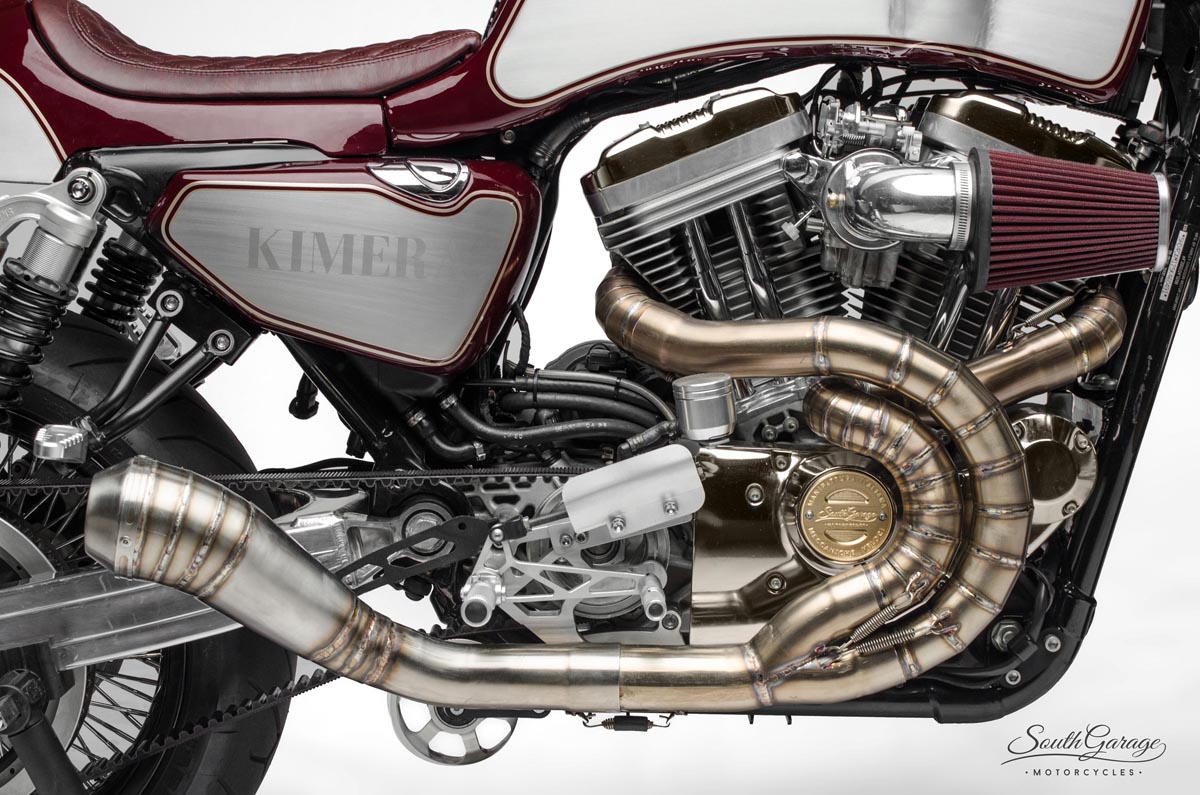

The good, the bad, and the costly
There are good and bad sides to every modification you make. In this instance, the good is more power and the return of that adrenaline rush you’ve been craving. The bad is that you’re going to, in most cases, see a small decline in fuel efficiency. You’ll also be making more noise which could upset other people or damage your hearing.
As for the cost here’s a rough estimate of the associated costs of these modifications (USD):
- Performance air filter: $30 / $200+
- Performance exhaust: $500 / $1500+
- Jet kit and dyno tune: $80+ for the kit / $200 for the tune
- ECU flash: $200 / $600
- Plug-in Tuner: $250 / $850
